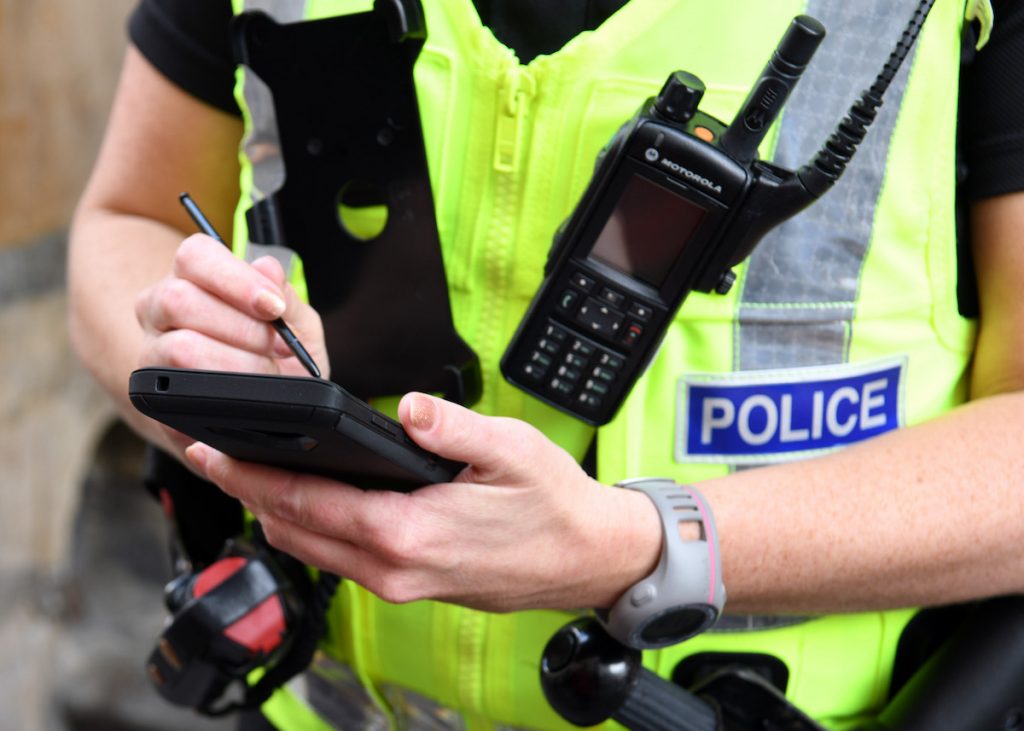Cybercrime in Scotland has nearly doubled in a single year as more criminals have moved their operations online.
Alarming new figures have revealed there were 14,130 cyber-crimes in 2020-21, a 95 per cent increase from the previous year’s total of 7,240 recorded cyber-crimes.
Those figures included a year-on-year rise of 149 per cent for online fraud, and a 152 per cent rise in digital threats and extortion, with an estimated 8,580 frauds and 730 crimes of threats and extortion.
According to a new national statistics report for the Scottish Government, the data also reveal assaults on emergency workers are at record highs.
Last year, 8,118 emergency worker assaults were recorded – a rise on the previous record of 7,519 assaults, set in 2019-20.
Jamie Greene, Scottish Conservatives’ shadow justice secretary, said: “These annual figures make for shocking reading.
“Vulnerable people across Scotland are being ripped off and left devastated by fraudsters.
“That is exactly why we want criminals who commit such heartless acts to receive tougher sentences.
“For the second year in a row, assaults on emergency workers reached a new record level, yet Scottish Conservative proposals to double the maximum sentence for these criminals have fallen on deaf ears.
“The SNP Government’s soft-touch approach is letting down vulnerable people, which is why we are proposing a Victims Law to put victims of crime at the heart of the justice system.”
In 2019-20, the number of fraud crimes recorded stood at 11,939. However, in just a single year in 2020-21, that number rose to 15,031 – an increase of 26 per cent, the figures showed.
Although the data indicates some worrying increases, overall crime in Scotland has fallen by more than half since a peak in 1991, when over 572,000 crimes were recorded to last year’s figure of over 246,000.
The latest crime bulletin figures included a special new chapter on cybercrime. It included an explanation that ‘part of this increase may be due to the significant impact of the Coronavirus (COVID-19) pandemic, including behavioural changes such as increased online shopping.’
There was also a procedural change last year whereby cybercrimes thought to have been committed by perpetrators from a location outside the UK are now included in the report. This would mean crimes such as ransomware – most often attributed to criminal gangs in Eastern Europe or Russia – would be reflected in the data.
The report also stressed the difference between cyber-dependent crime, which is a computer being used to attack another device, such as the spreading of viruses, and a cyber-enabled crime, where the internet has been used as a means to carry out a crime, for example online fraud or sexual exploitation.
Justice Secretary Keith Brown said: “By all main measures crime, including violent crime, is now considerably lower than it was a decade ago, with fewer victims.
“These statistics show how crime in areas like vandalism and dishonesty, the sorts of crime that affects peoples’ everyday lives, has fallen – with levels not seen since the 1970s.
“There is still work to be done as the figures on cybercrime show – which is why we have this year published a prevention, awareness and enforcement strategy to make Scotland an inhospitable place for scammers.
“And while Covid-19 has no doubt had an impact on the figures, recorded crime was on a downward trend beforehand and through the measures we recently announced in our Programme for Government – we will continue to make Scotland a safe place to live.”
